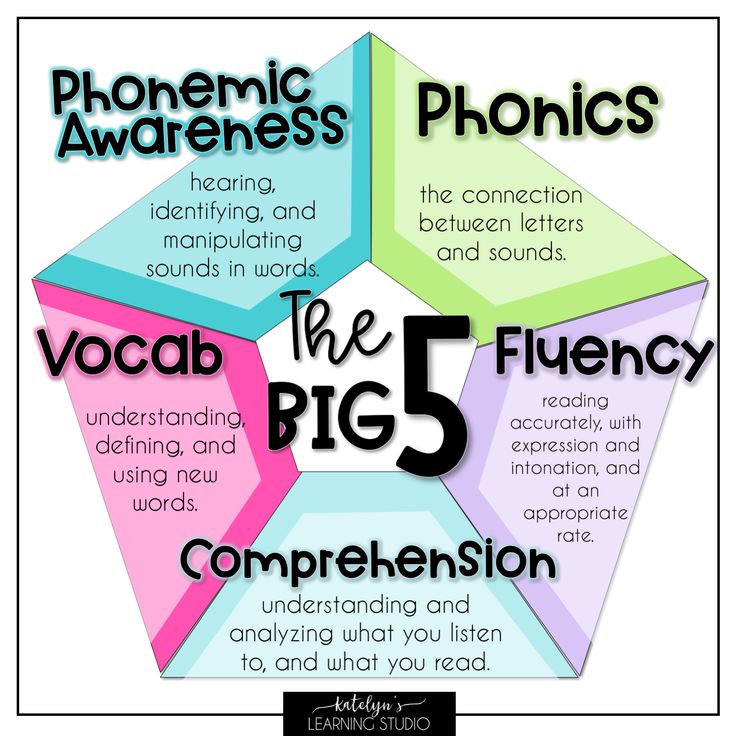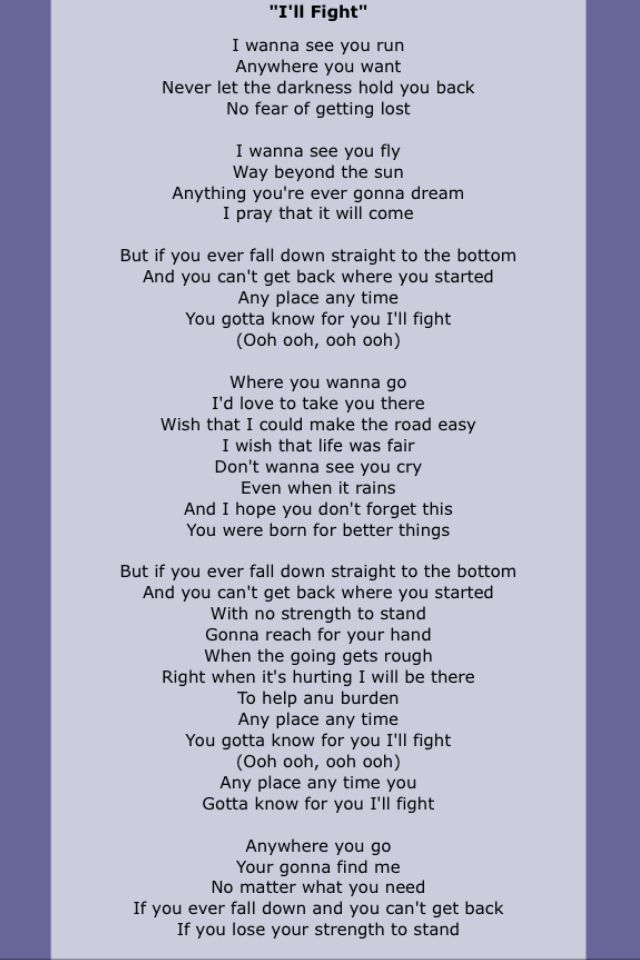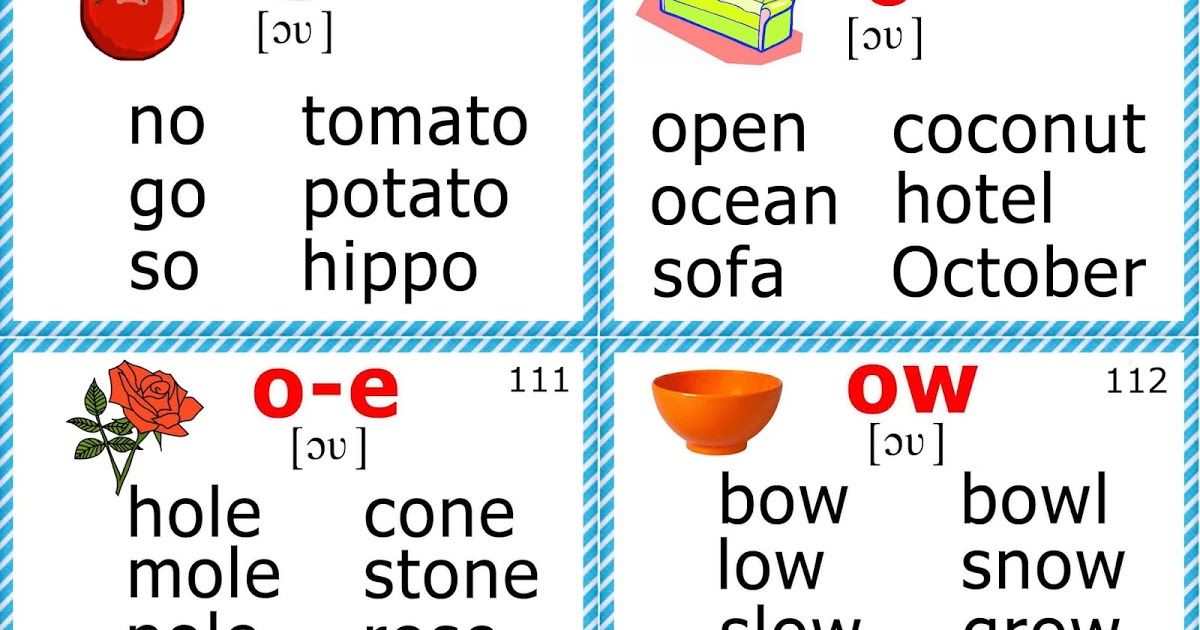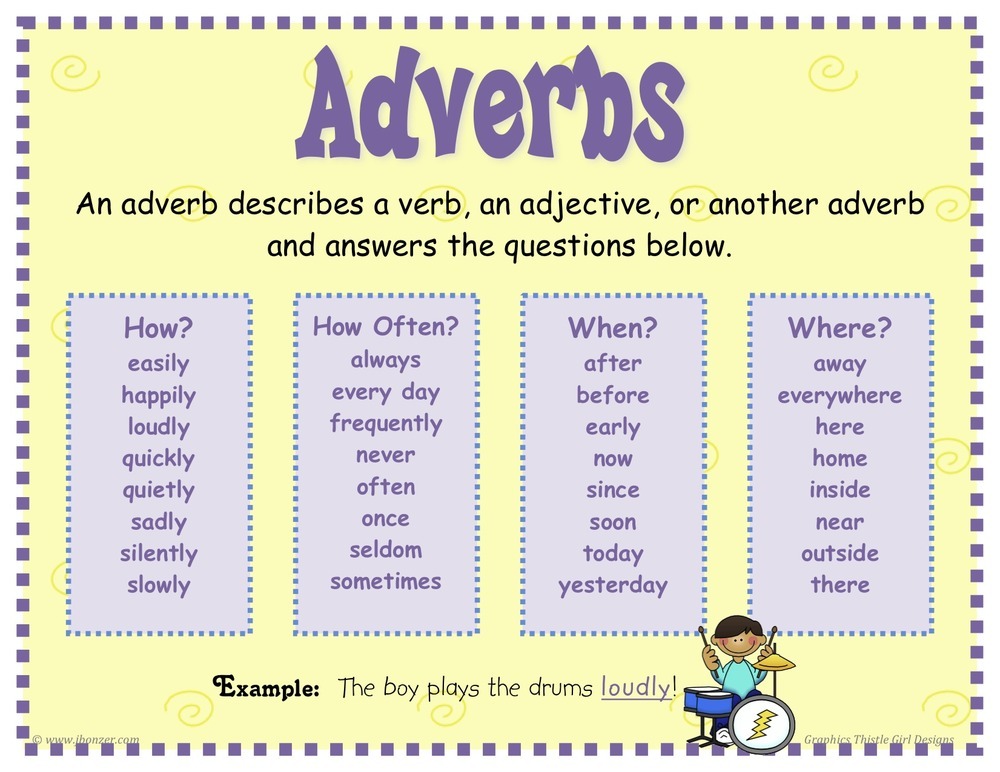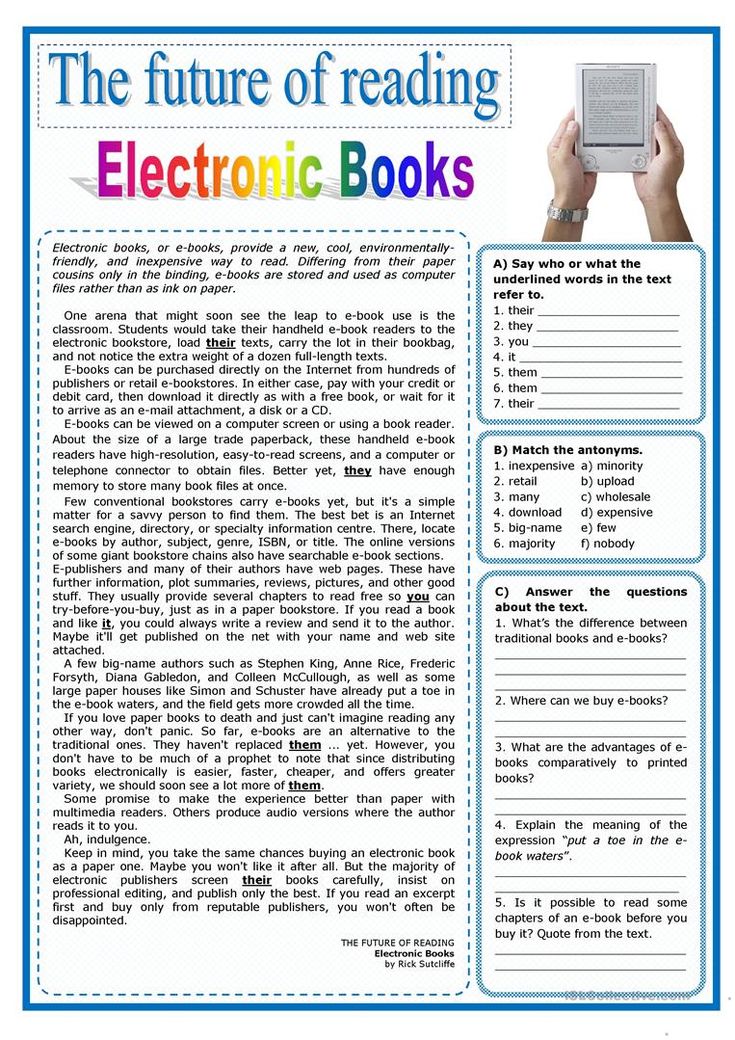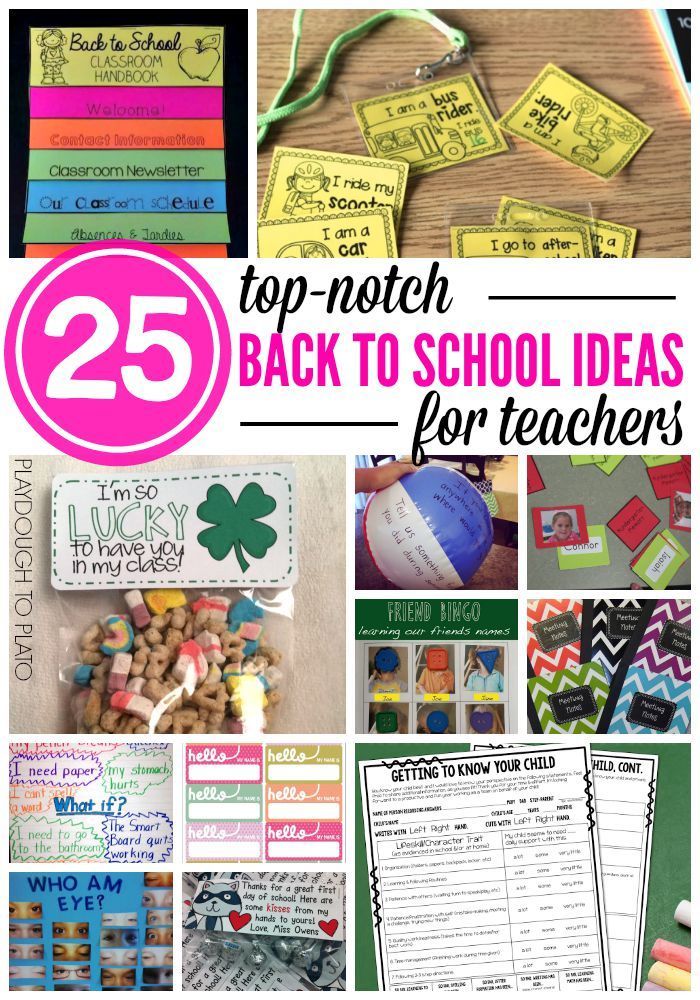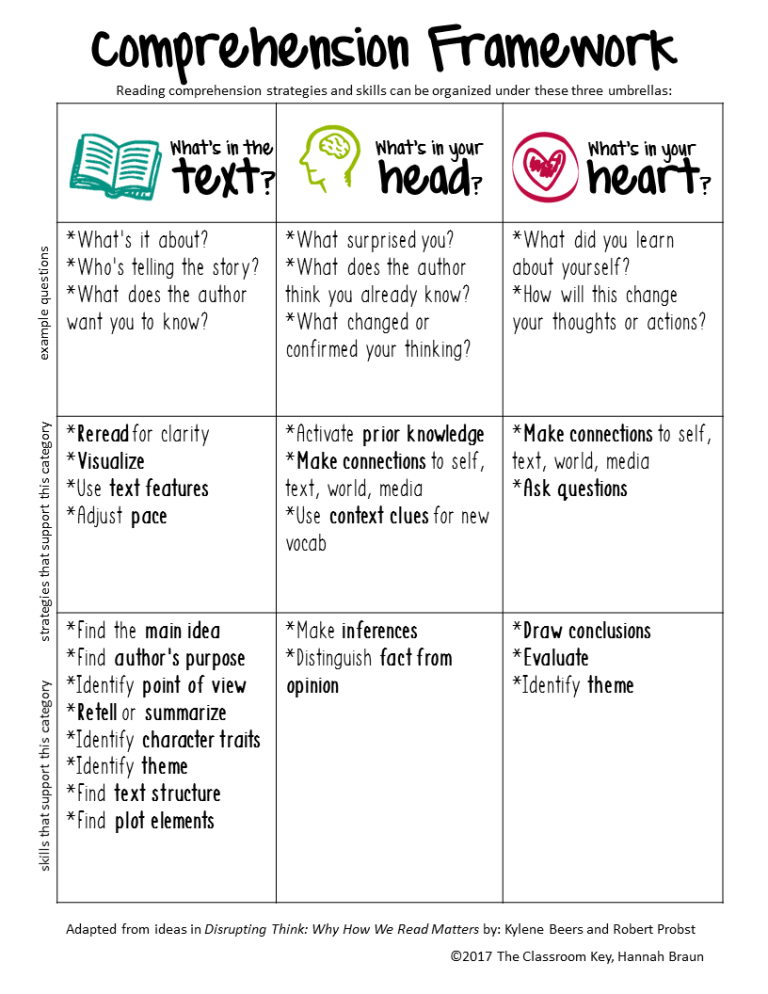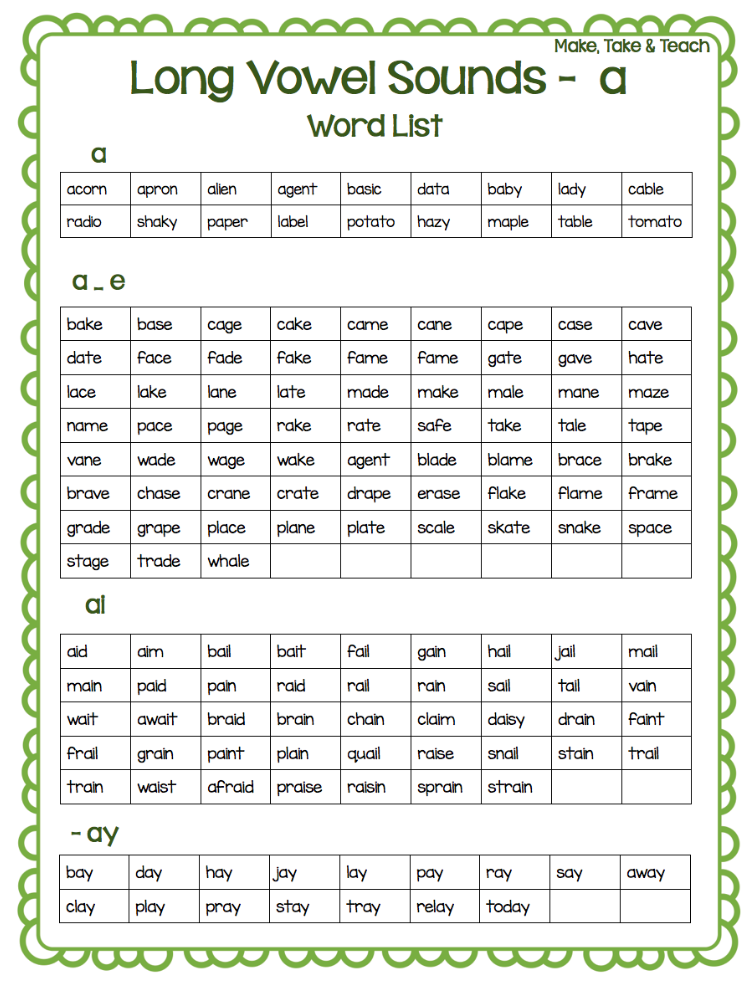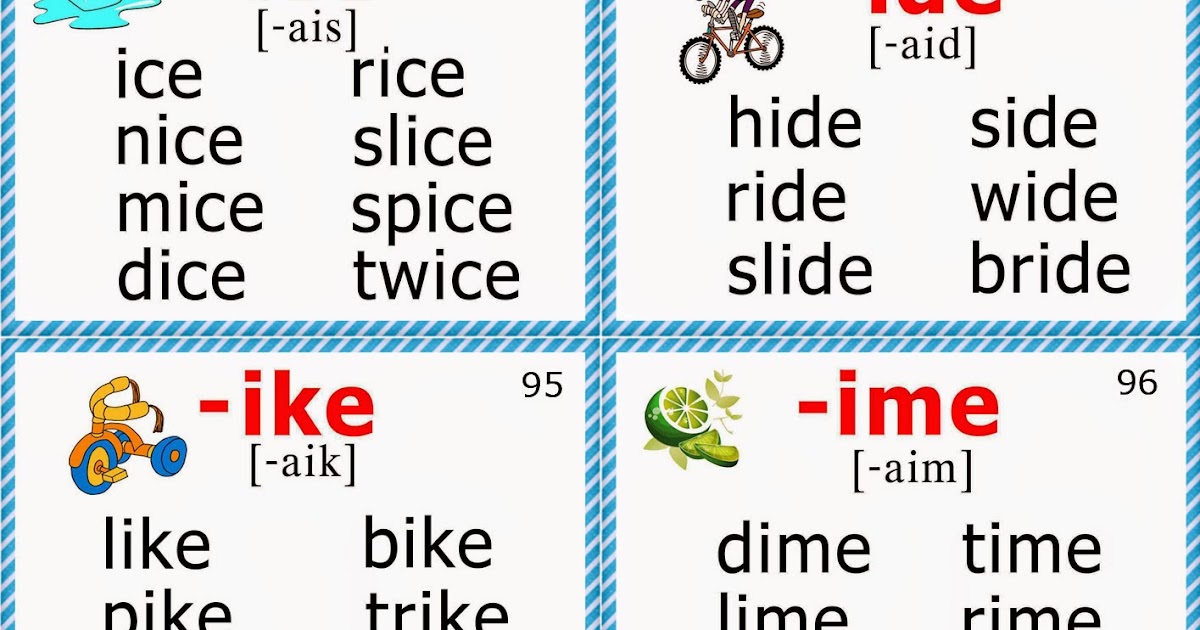Essential literacy strategies for comprehension
What Are Essential Literacy Strategies — 18 Strategy Ideas
0Did you know that based on NAEP testing data from 2017, 32% of fourth-graders and 24% of eighth-graders weren’t even reading at a basic level? As educators, it is our responsibility to help our students become proficient readers. However, this can certainly be a big challenge at times.
Reading and reading comprehension go hand-in-hand and can play a huge role in determining a student’s success not only in school but in their future. Finding the right strategies to help our students overcome the hurdles that are standing in the way of them improving their reading fluency and comprehension is difficult, but not impossible.
While working as a classroom teacher over the years, I’ve learned more about some essential literacy strategies, and I’d like to share them with you. I’ve had some great success using these strategies with my students, and I hope they’re able to have the same impact on your students.
In the next few sections, I’ll share more about what essential literacy strategies are and outline some of the top strategies I’ve discovered over the year.
What are Essential Literacy Strategies
You may be able to infer the definition of essential literacy strategies based on their name. These are different strategies that are very important for students to learn to help them either comprehend a text they are reading or compose their own written text.
These strategies need to be explicitly taught and modeled repeatedly to help students not only understand what they are, but how each strategy can help them make sense of what they read or compose stronger writing pieces.
18 Essential Literacy Strategies
Essential literacy strategies can make a huge difference in a language arts classroom, but they can be especially effective in a standards-based classroom. If you’re interested in learning more about what a standards-based classroom is, you can read this article.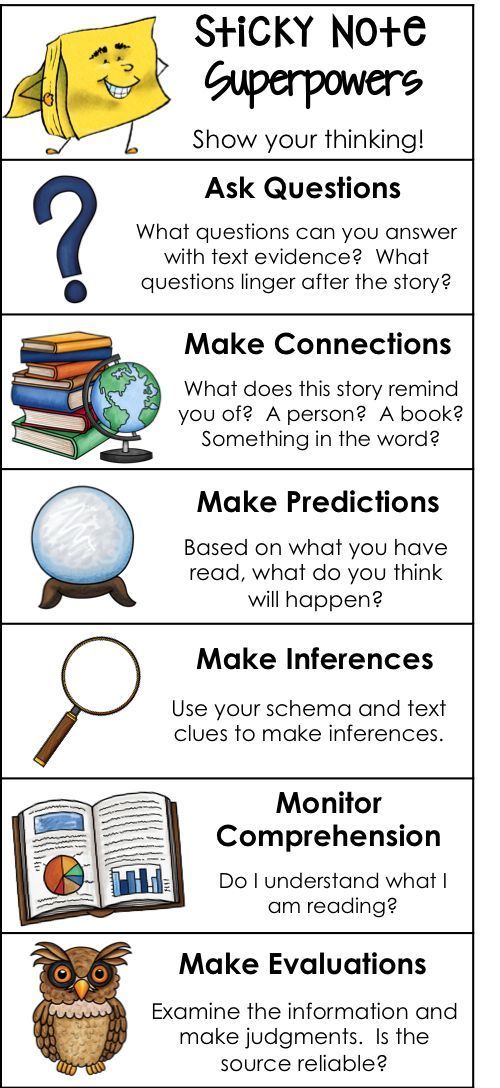
1. Predicting
Making predictions about what will happen next in a text is one essential literacy strategy. When students make predictions, they need to make connections about what has already happened in the text and what could happen next. They will need to use their background knowledge from reading other texts and things that have happened in their own lives to make these predictions.
2. Questioning
Questioning is another very important literacy strategy to help children develop. It is having students ask questions about what they are reading. Asking questions can help students stay focused on a text and can also help them develop stronger skills to find the answers to their own questions, as well as the questions a peer or teacher may ask.
3. Brainstorming
Brainstorming involves thinking of possible solutions to a problem or answers to a question. When students brainstorm possible ideas for writing, it can help them expand on their thinking and develop new ideas.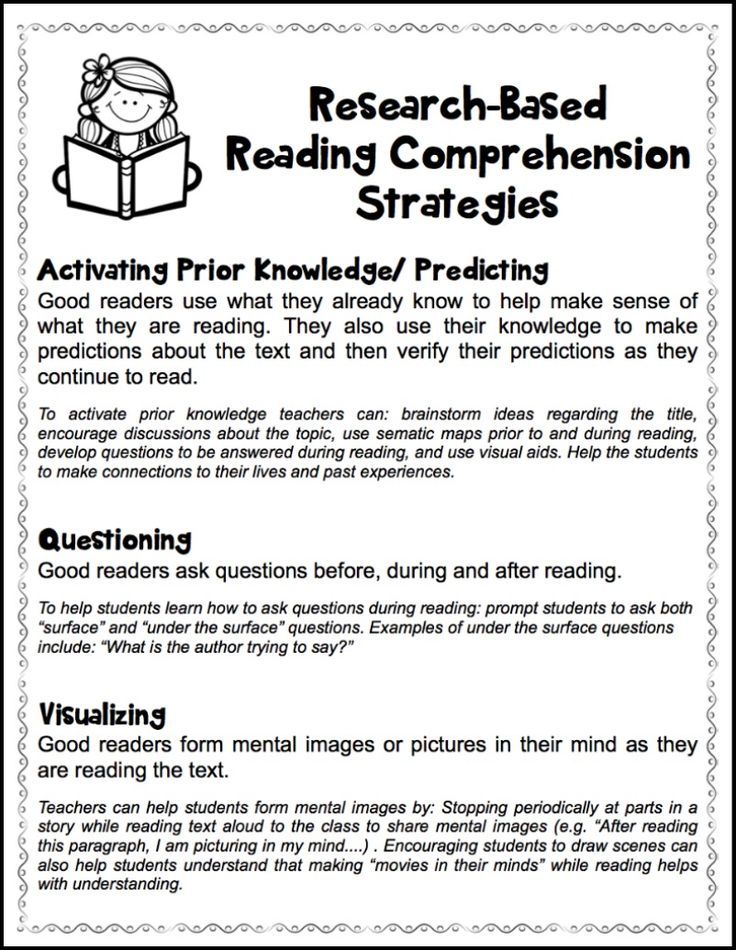 Brainstorming can also build reading comprehension when students think of possible answers for a question about their book, such as how the main character might solve their problem.
Brainstorming can also build reading comprehension when students think of possible answers for a question about their book, such as how the main character might solve their problem.
4. Visualization
Visualization refers to forming a mental image to accompany a story you are reading. It can be extremely beneficial for helping students understand what is actually happening in a story.
They are more likely to be able to make connections with a book and answer higher-order thinking questions if they can visualize the events in the story to gain a deeper understanding of what the story is about. To help students develop this skill, ask students to share what they see after reading a portion of a text. You can start by choosing excerpts that include a lot of descriptive adjectives.
5. Drawing
Just as visualizing can help students with reading comprehension, drawing what they are visualizing can also help. Drawing can also be an effective strategy to use before having students write about something.
When they are able to get their thoughts on the paper in the form of artwork first, they may be better able to articulate them using words next. Plus, many students love getting the chance to draw during school, so this can also be a good way to keep students engaged.
6. Rhythm, Rhyme, and Music
Tapping into music and rhythm can also help student increase their understanding of a topic. You can have students create a song or a rhyme about a book they are reading to share with the class. You may also consider presenting new information to students using a rhyme to help them remember important concepts.
7. Movement
Children also love to move, so anytime you can incorporate movement, do it. Many children are also more likely to learn new information and retain that information if they learn it while moving. To incorporate movement into a reading lesson, you could ask students to sit down/stand up to show their answer to a question, move between different locations when answering questions, or work together with others to create a living timeline to show the order events happened in a text.
8. Drama and Role Play
Students can also gain a deeper understanding of a text when they have the opportunity to act it out. Assign each student a character from the text and have them work together to put on a short play. You can also have students act out an important event that occurred before writing a personal narrative about it.
9. Cooperative Learning
There are a lot of benefits associated with cooperative learning. Improving reading and writing skills are two of these benefits. When students work with others in the class, they can learn new ways of thinking and responding to problems. Sometimes peers can be the best teachers.
10. Manipulatives
Whenever possible giving students the opportunity to use manipulatives can also be helpful. We offer think of manipulatives as a tool for math, but they can also help students make connections with texts. For example, you can bring in some real artifacts to help students understand the meaning of vocabulary words in a book.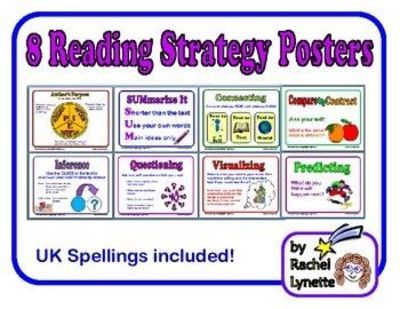
11. Graphic Organizers
Graphic organizers are such an important tool to use with students. During a reading lesson, they can be used to help students make connections with the text, sequence events, identify cause and effect relationships, compare and contrast different aspects of the text, and so much more. They can also be invaluable during writing to help students get their ideas organized into different sections before they start writing.
12. Summarizing
In order to effectively summarize a text, students need to fully understand what they read. A summary is when one restates the main idea and plot of a text using their own words. This is a skill you will need to help students develop, as it can be challenging for some students, especially those who are younger.
13. Determining Importance
Determining importance also ties in with summarizing, since when you are summarizing a text, you should only include the important details, not every event from the text.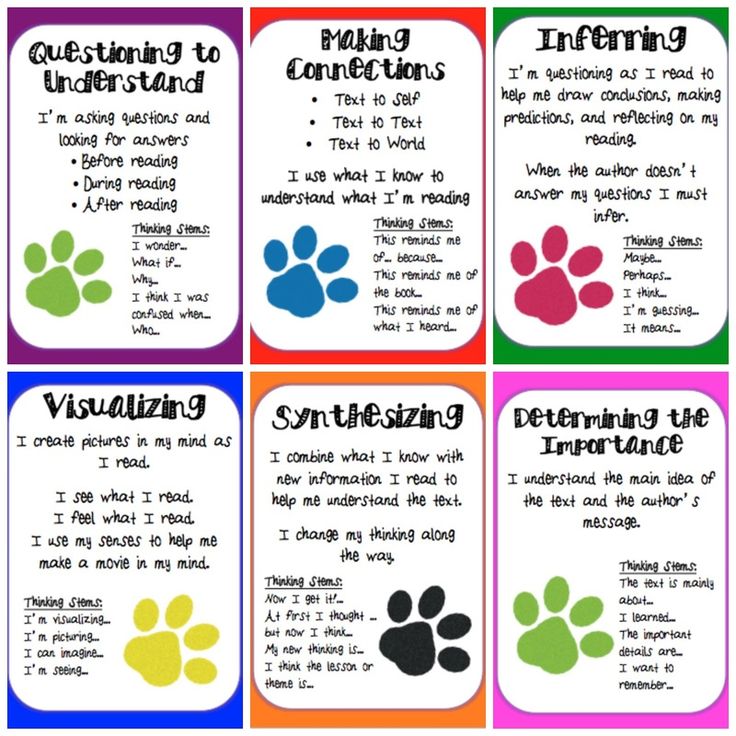 To help students determine importance, you can ask questions such as, “would leaving X out of the story changed the outcome?”
To help students determine importance, you can ask questions such as, “would leaving X out of the story changed the outcome?”
14. Similes, Metaphors, and Analogies
Learning how to use and write similes, metaphors, and analogies involves the use of higher-level thinking skills. Students first need to identify some similar aspects of two items and think of a way to compare them using a similar or metaphor. You can also help students make connections to a text by using similes or metaphors around some of the most important concepts or ideas.
15. Inferring
Inferring is another higher-level thinking skill that can be quite challenging for many students. To infer, you need to be able to make connections using some information from a text as well as your own reasoning. The answers to inferring questions will not be explicitly stated in a text, so you’ll need to practice these types of students and walk through the reasoning with students.
16.
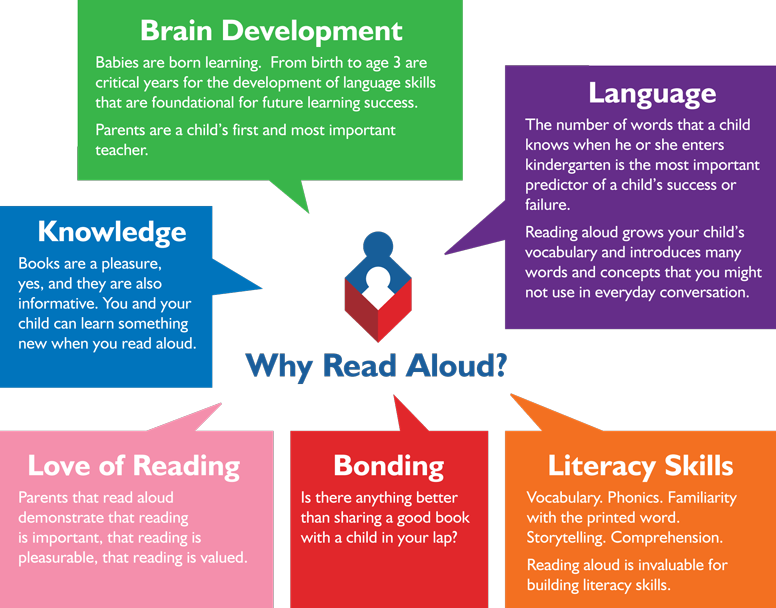 Writing
WritingEngaging students in writing throughout the language arts block is important. In addition to answering oral questions about texts they read, they should also be writing their answers. This can help improve their comprehension of a text and will also have the added benefit of improving their writing skills.
17. Games
Games can be another fun way to engage students and help solidify learning. You can use games to review concepts or major events in a book. You can also consider incorporating a game of catch into your lessons by tossing a small ball to students when it is their turn to answer a question or read aloud a portion of a book.
18. Field Trips
Giving students the opportunity to experience something related to what they are learning in person can be very valuable. When students interact with real people and places, it can help solidify their learning and allow them to make deeper connections within a topic.
For example, if your students are reading a historical novel, visiting a museum with a display from the time period could help students deepen their understanding.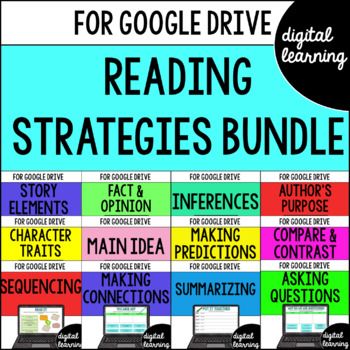 If an in-person field trip isn’t possible due to costs, location, or other factors, you could consider planning a virtual field trip where students could still ‘explore’ a historic site or another location.
If an in-person field trip isn’t possible due to costs, location, or other factors, you could consider planning a virtual field trip where students could still ‘explore’ a historic site or another location.
Activities that Promote Writing-Reading Connection
Helping students make the connection between writing and reading can help them improve in both areas. If you’re looking for some activities that will promote the writing-reading connection, here are a few ideas to try:
- Researching and taking notes
- Writing book reviews
- Composing a story from the perspective of one of the character’s
- Responding to persuasive essays in writing
- Mimicking another author’s writing style
- Journal writing in response to reading (making connections or predictions about a text)
Reading fair boards can also be useful in helping students see how reading and writing can go along hand-in-hand. You can read more about reading fair boards and setting up a reading fair board here.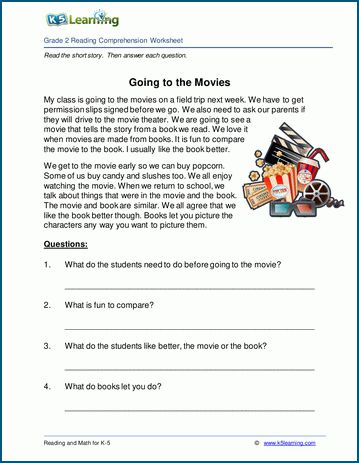
Related Skills
As students learn to effectively and efficiently use the essential literacy strategies shared above, they’ll simultaneously be learning and developing other related skills. This means that helping your students use these strategies can deliver a huge bang for your buck in helping them become more proficient readers and writers.
Some of these related skills include:
Reading Skills
- Reading comprehension
- Phonics
- Word recognition
- Concepts of print
- Fluency
- Word analysis
- Language conventions
- Meaning of vocabulary in context
- Text features
Writing Skills
- Composition
- How to apply text features
- Sentence fluency
- Organization
- Language conventions
- How to use descriptive language
- Word choice
Useful Resources
- Elementary literacy assessment handbook
- Literacy strategies for teachers
- Essential instructional practices in early literacy: grades K to 3
- Reading comprehension strategies
Closing Words
As you can see, the essential literacy strategies described above aren’t called ‘essential’ for nothing. These are skills we need to teach, model, and practice with our students over and over again to help make them second nature. Doing so can help our students make significant gains in their reading and writing levels.
These are skills we need to teach, model, and practice with our students over and over again to help make them second nature. Doing so can help our students make significant gains in their reading and writing levels.
- Author
- Recent Posts
Simona Johnes
Simona Johnes is the visionary being the creation of our project. Johnes spent much of her career in the classroom working with students. And, after many years in the classroom, Johnes became a principal.
Follow Simona:
Latest posts by Simona Johnes (see all)
- 15 Helpful Differentiated Instruction Strategies for Effective Teaching in 2023 - February 18, 2023
- 15 Best Coding Games for Kids to Develop Logic, Strategic Planning, and Critical Thinking [2023 Edition] - February 17, 2023
- 21 Exciting and Easy Experiments for Kids for All Ages and for All School Subjects - February 16, 2023
Teach the Seven Strategies of Highly Effective Readers
To assume that one can simply have students memorize and routinely execute a set of strategies is to misconceive the nature of strategic processing or executive control.
Such rote applications of these procedures represents, in essence, a true oxymoron-non-strategic strategic processing.
— Alexander and Murphy (1998, p. 33)
If the struggling readers in your content classroom routinely miss the point when “reading” content text, consider teaching them one or more of the seven cognitive strategies of highly effective readers. Cognitive strategies are the mental processes used by skilled readers to extract and construct meaning from text and to create knowledge structures in long-term memory. When these strategies are directly taught to and modeled for struggling readers, their comprehension and retention improve.
Struggling students often mistakenly believe they are reading when they are actually engaged in what researchers call mindless reading (Schooler, Reichle, & Halpern, 2004), zoning out while staring at the printed page. The opposite of mindless reading is the processing of text by highly effective readers using cognitive strategies.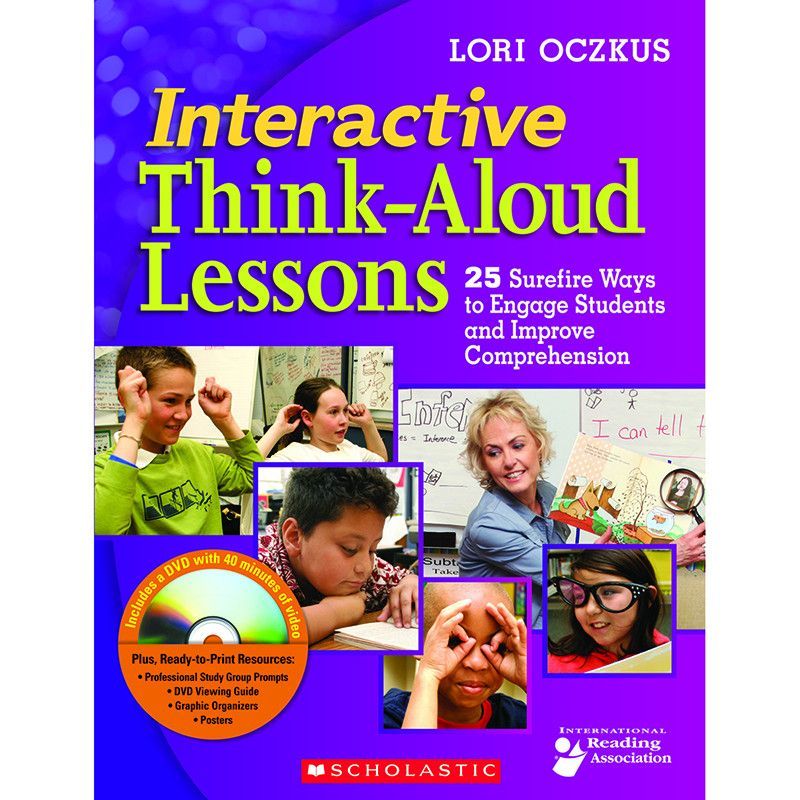 These strategies are described in a fascinating qualitative study that asked expert readers to think aloud regarding what was happening in their minds while they were reading. The lengthy scripts recording these spoken thoughts (i.e., think-alouds) are called verbal protocols (Pressley & Afflerbach, 1995). These protocols were categorized and analyzed by researchers to answer specific questions, such as, What is the influence of prior knowledge on expert readers’ strategies as they determine the main idea of a text? (Afflerbach, 1990b).
These strategies are described in a fascinating qualitative study that asked expert readers to think aloud regarding what was happening in their minds while they were reading. The lengthy scripts recording these spoken thoughts (i.e., think-alouds) are called verbal protocols (Pressley & Afflerbach, 1995). These protocols were categorized and analyzed by researchers to answer specific questions, such as, What is the influence of prior knowledge on expert readers’ strategies as they determine the main idea of a text? (Afflerbach, 1990b).
The protocols provide accurate “snapshots” and even “videos” of the ever-changing mental landscape that expert readers construct during reading. Researchers have concluded that reading is “constructively responsive-that is, good readers are always changing their processing in response to the text they are reading” (Pressley & Afflerbach, 1995, p. 2). Instructional Aid 1.1 defines the seven cognitive strategies of highly effective readers, and Instructional Aid 1.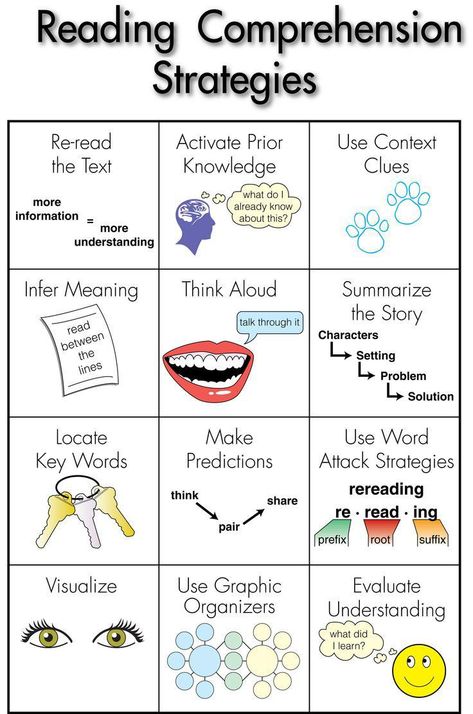 2 provides a lesson plan template for teaching a cognitive strategy.
2 provides a lesson plan template for teaching a cognitive strategy.
Instructional Aid 1.1: Seven Strategies of Highly Effective Readers | |
|---|---|
| Strategy | Definition |
| Activating | “Priming the cognitive pump” in order to recall relevent prior knowledge and experiences from long-term memory in order to extract and construct meaning from text |
| Inferring | Bringing together what is spoken (written) in the text, what is unspoken (unwritten) in the text, and what is already known by the reader in order to extract and construct meaning from the text |
| Monitoring-Clarifying | Thinking about how and what one is reading, both during and after the act of reading, for purposes of determining if one is comprehending the text combined with the ability to clarify and fix up any mix-ups |
| Questioning | Engaging in learning dialogues with text (authors), peers, and teachers through self-questioning, question generation, and question answering |
| Searching-Selecting | Searching a variety of sources in order to select appropriate information to answer questions, define words and terms, clarify misunderstandings, solve problems, or gather information |
| Summarizing | Restating the meaning of text in one’s own words — different words from those used in the original text |
| Visualizing-Organizing | Constructing a mental image or graphic organizer for the purpose of extracting and constructing meaning from the text |
| Download chart » (8K PDF)* |
Instructional Aid 1.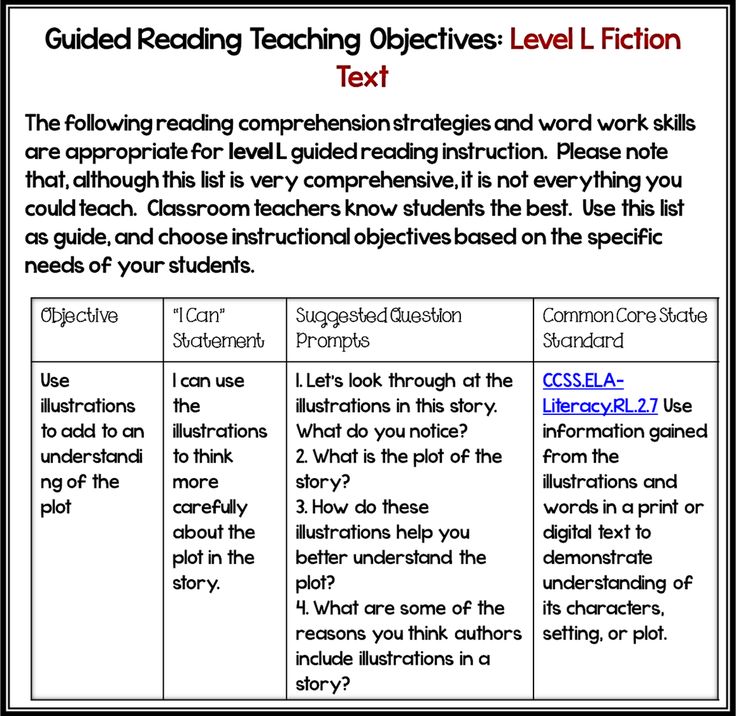 2: A Lesson Template for Teaching Cognitive Strategies 2: A Lesson Template for Teaching Cognitive Strategies | |
|---|---|
| Steps | Teacher Script |
| 1. Provide direct instruction regarding the cognitive strategy | |
| a. Define and explain the strategy | |
| b. Explain the purpose the strategy serves during reading | |
| c. Describe the critical attributes of the strategy | |
| d. Provide concrete examples/nonexamples of the strategy | |
| 2. Model the strategy by thinking aloud | |
| 3. Facilitate guided practice with students | |
| Download chart » (8K PDF)* |
Instructional Aid 1.3: A Lesson Template for Teaching Summarizing | |
|---|---|
| Lesson Template for Teaching Cognitive Strategies | Lesson Plan for Teaching Summarizing |
1.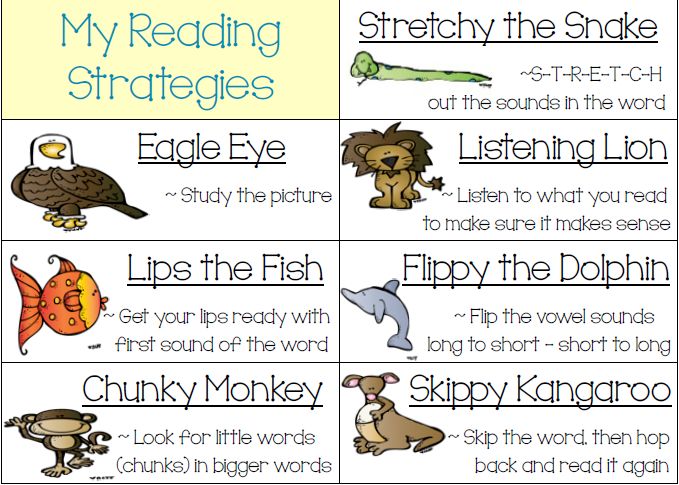 Provide direct instruction regarding the cognitive strategy Provide direct instruction regarding the cognitive strategy | |
| a. Define and explain the strategy. | Summarizing is restating in your own words the meaning of what you have read—using different words from those used in the original text—either in written form or a graphic representation (picture of graphic organizer). |
| b. Explain the purpose the strategy serves during reading | Summarizing enables a reader to determine what is most imporant to remember once the reading is completed. Many things we read have only one or two bid ideas, and it’s important to identify them and restate them for purposed of retention. |
| c. Describe the critical attributes of the strategy. | A summary has the following characteristics. It: –Is short –Is to the point, containing the big idea of the text –Omits trivial information and collapses lists into a word or phrase –Is not a retelling or a “photocopy” of the text |
d.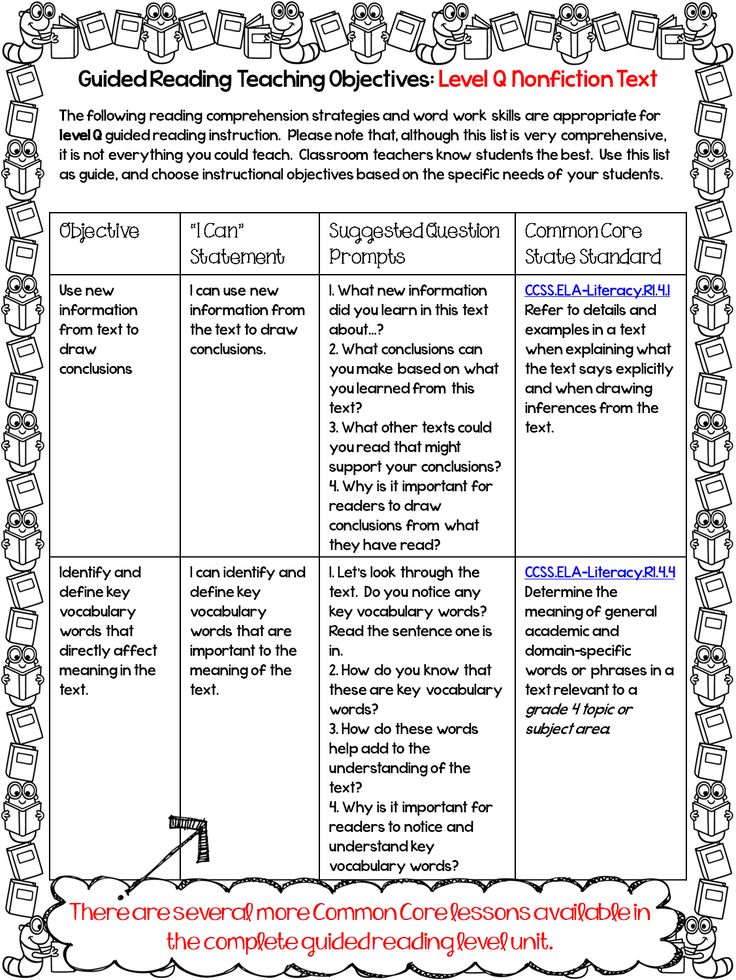 Provide concrete examples/nonexamples of the strategy. Provide concrete examples/nonexamples of the strategy. | Examples of good summaries might inlude the one-sentence book summaries from The New York Times Bestsellers List, an obituary of a famous person, or a report of a basketball or football game that captures the highlights. The mistakes that students commonly make when writing summaries can be more readily avoided by showing students excellent nonexamples (e.g., a paragraph that is too long, has far too many details, or is a complete retelling of the text rather than a statement of the main idea. |
| 2. Model the strategy by thinking aloud. | Thinking aloud is a metacognitive activity in which teachers reflect on their behaviors, thoughts, and attitudes regarding what they have read and then speak their thoughts aloud for students. Choose a section of relatively easy text from your discipline and think aloud as you read it, and then also think aloud about how you would go about summarizing it — then do it.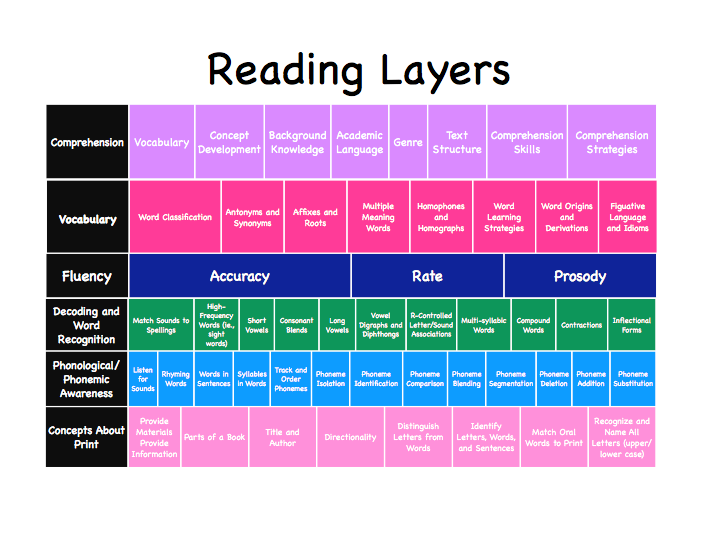 |
| 3. Facilitate guided practice with students. | Using easy-to-read content text, read aloud and generate a summary together with the whole class. Using easy-to-read content text, ask students to read with partners and create a summary together. One students are writing good summaries as partners, assign text and expect students to read it and generate summaries independently. |
| Download chart » (9K PDF)* |
McEwan, 2004. 7 Strategies of Highly Effective Readers: Using Cognitive Research to Boost K-8 Achievement. Wood, Woloshyn, & Willoughby, 1995. Cognitive Strategy Instruction for Middle and High Schools.
McEwan, E.K., 40 Ways to Support Struggling Readers in Content Classrooms. Grades 6-12, pp.1-6, copyright 2007 by Corwin Press. Reprinted by permission of Corwin Press, Inc.
Best answer: what is the main strategy for developing spatial literacy?
content
What are the policies and procedures for literacy?
Student Literacy Strategies
- Use the initial steps in building student writing.
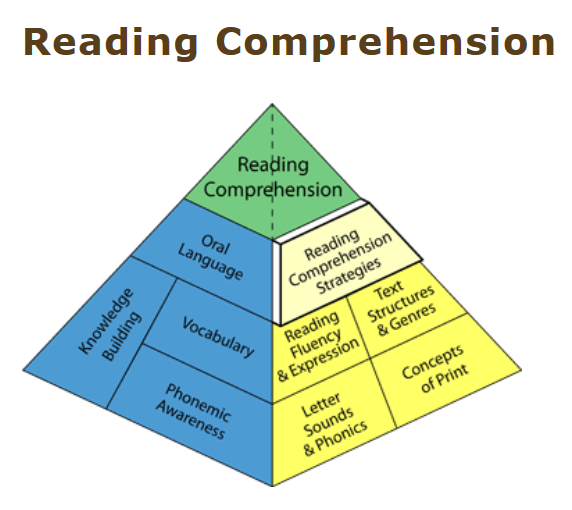
- Perform class diagnostics.
- Provide challenging tasks for students at each stage of writing.
- Conduct work in groups in which students themselves support each other.
What resources can be used in teaching literacy?
Interactive tools help with literacy
- Pe de Vento (digital learning environment)
- Ludo First steps (online game)
- Turbine Turbine (digital book)
- Digital books (digital book)
- Word forms (online game)
- ABC logos (application)
- Animated classes (apps and lesson plans)
What would be the best school practices for literacy?
Literacy: 6 Essential Practices
- 1 Identify what each child in the class already knows. Which
- 2 Perform the writing system oriented steps. Which
- 3Complete tasks that focus on language practice. Which
- 4 Use didactic projects to teach literacy.
- 5Working with didactic sequences.
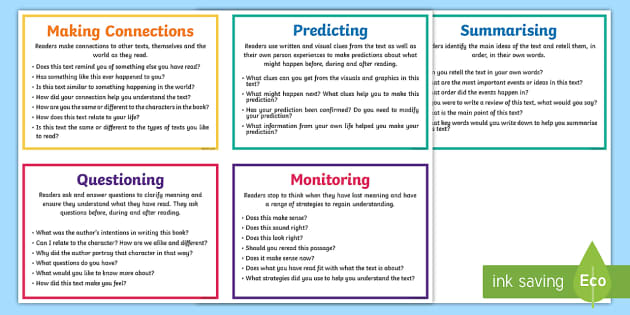
This is a process in which the student can acquire the skills of reading, understanding and interpreting texts.
What strategies are used to teach students?
Basic learning strategies
- Recovery practices.
- Practical exercises.
- Overview of prior knowledge.
- Explanatory-dialogical lesson.
- Long-term storage.
What are the strategies for reading in literacy and early childhood education?
Reading strategies are the techniques or methods that readers use to obtain information, or the procedures or actions chosen to facilitate the process of reading comprehension.
What are the first literacy activities?
10 activities to stimulate your child's literacy at home
- Work with figurines and clothespins.
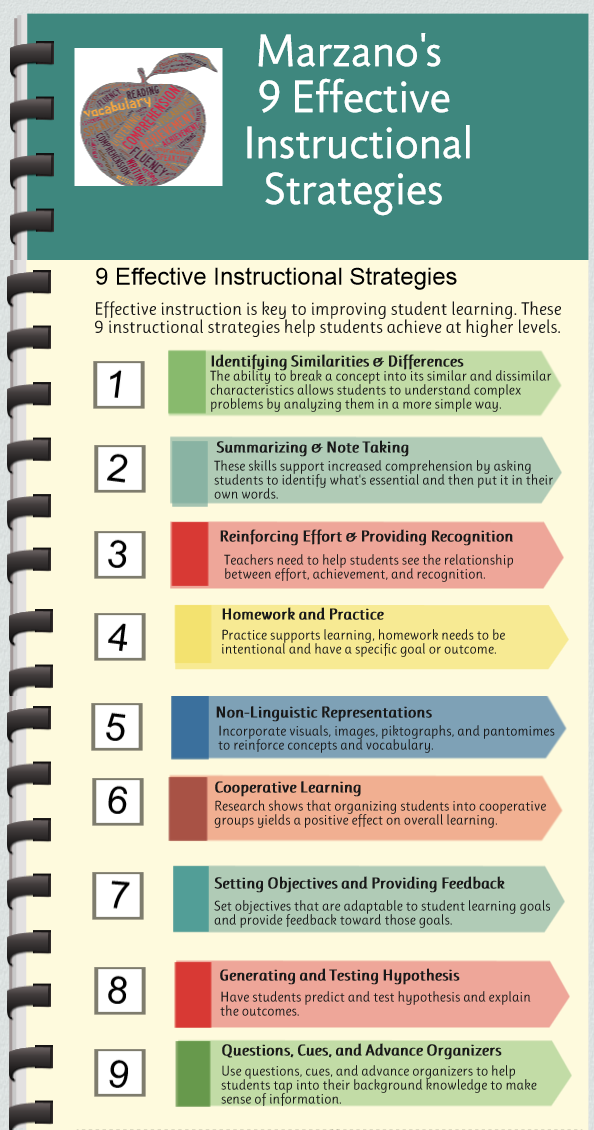
- Bank of letters.
- Tablets with syllables.
- Games with vowels.
- DIY - EVA Sensory Book - Literacy.
- How to learn the letters of the alphabet.
- Formation of words.
- Composing words from a bottle.
What are the three pillars of literacy?
READING, WRITING AND INTERPRETATION: THE THREE PILLARS OF THE TEACHING PROCESS | Digital space platform.
What is the most important thing in the process of teaching literacy?
stimulus to reading
Reading is important for students' literacy and also helps to develop imagination. In addition, when a child reads a book to the class, he comes into contact with words more and begins to build associations with letters and syllables.
How to start the literacy process?
Reading, songs, rhymes help young children develop speech.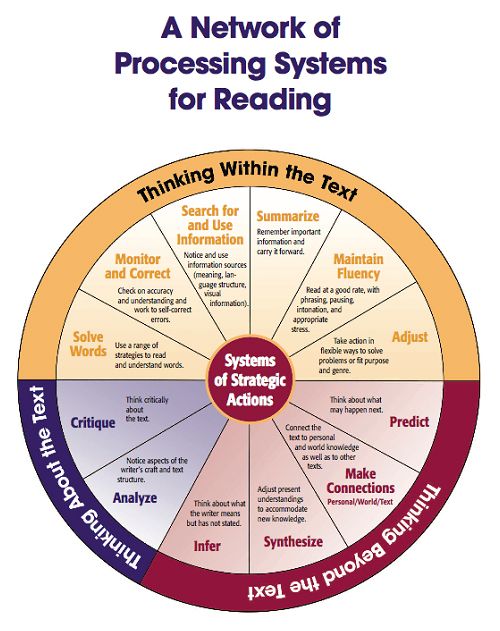 These activities are part of the preparation for literacy as they help develop the basic skills of learning to read and write.
These activities are part of the preparation for literacy as they help develop the basic skills of learning to read and write.
What is the best method for literacy?
The sound approach is by far the most effective way to teach literacy. This is because it covers many of the essential components for learning to read and write.
What activities should a literacy teacher perform?
A literacy teacher is a professional responsible for planning and implementing pedagogical activities that enable students to develop reading and writing skills with comprehension.
There are three types of meaningful learning: representational, conceptual and propositional learning.
What are the types of literacy?
The most famous letters:
- Scientific literacy.
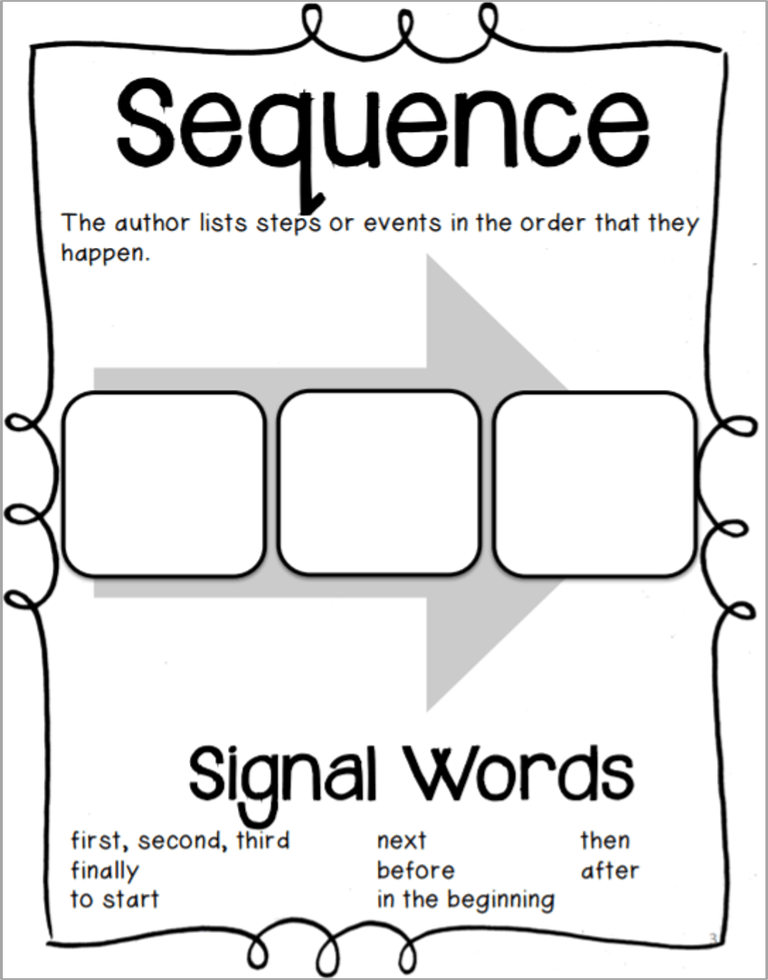
- Mathematical literacy.
- Linguistic literacy.
- Literary literacy.
- Academic literacy.
- Digital literacy.
- Multiliteracy.
7 Tips to Make Meaningful Learning Easier
- 1 - Begin the session by contextualizing the new content.
- 2 - Describe the experiences of the students.
- 3 – To know the meaning that the student has built.
- 4 - Put the concept into practice.
- 5 - Diversify the examples.
What are the four types of strategies?
Here are some examples of how to use this in your business.
- 1- Market penetration strategy.
- 2- Product development strategy.
- 3- Market development strategy.
- 4- Diversification strategy.
What strategies are developed by the teacher in the learning process?
Thus, the teacher must be very careful when mastering the technique.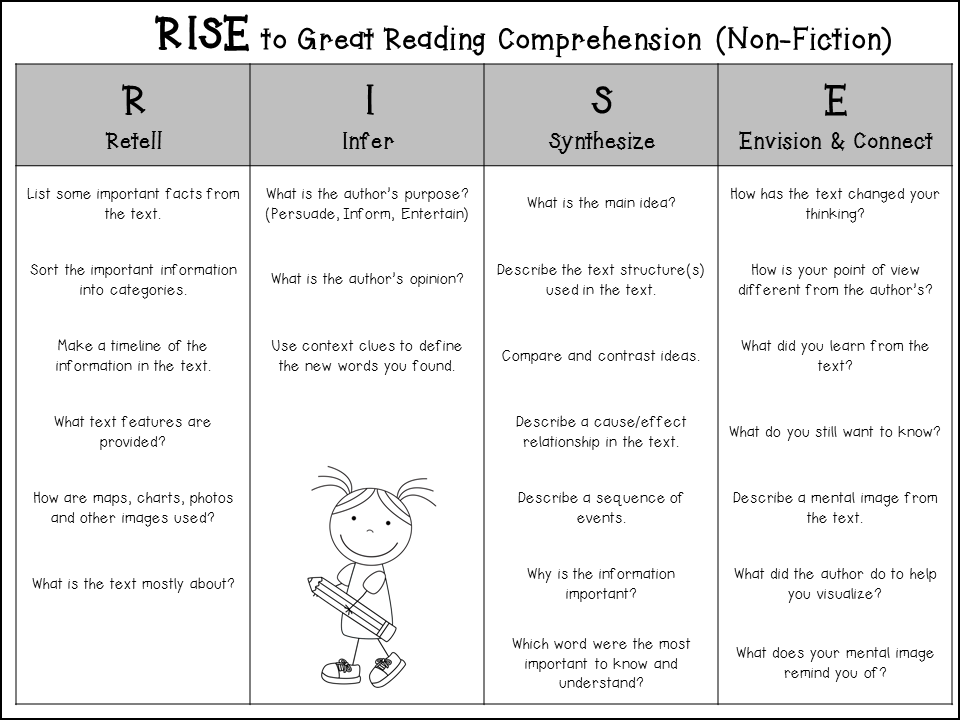 Among the various teaching-learning strategies we can mention: Explanatory and dialogical lesson: the teacher explains its content to ensure the active participation of students.
Among the various teaching-learning strategies we can mention: Explanatory and dialogical lesson: the teacher explains its content to ensure the active participation of students.
What are the methodological strategies?
See some of them below: flipped classroom: teachers and students "swap" places; gamification: classes use game resources and mechanics; Competency-Based Learning: Learners align based on the skills they already have.
What are the 3 reading strategies?
Reading strategies
- Read carefully. In order to better understand the text, it is important to emphasize that we must read each paragraph calmly.
- Formulate the main ideas of the text.
- Read between the lines.
- Maintain the habit of reading.
- Practice reading aloud.
- Vary the reading of texts.
- Produce texts.
What are the three reading strategies?
Reading Strategies: Learn Skills That Will Transform Your Learning
- Seek information.
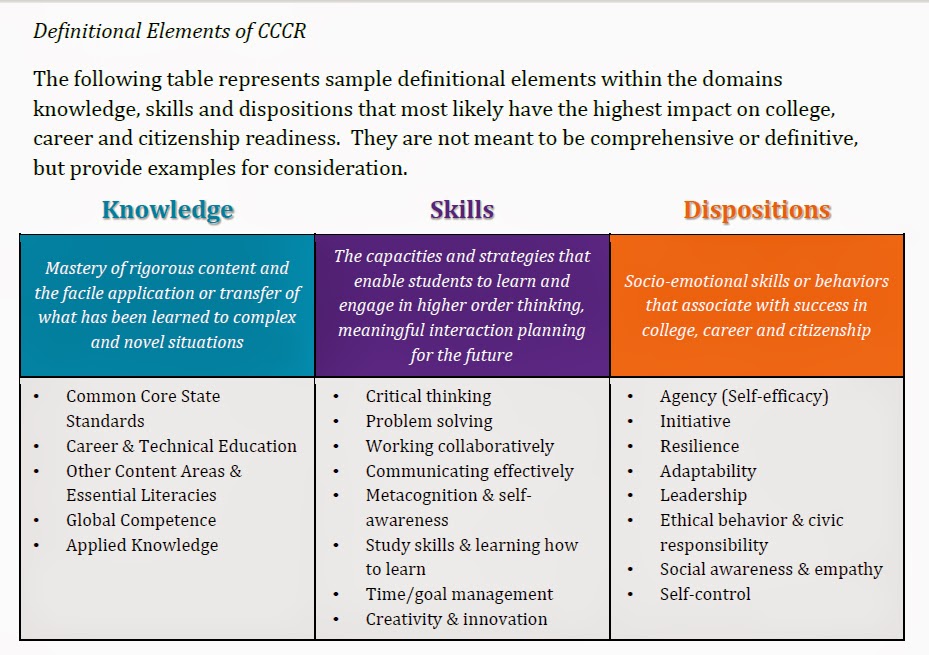
- Keep concentration.
- Read aloud.
- Take notes and marks.
- Read between the lines.
- Make a resume.
- Reread the contents.
What are read-ahead strategies?
PRELIMINARY: this is a strategy that allows you to predict what will happen, based on information already presented (EG READING THE TITLE) or using hypotheses that can be assumed.
What is the first level of literacy?
- Presyllabic:
This is the child's first step towards literacy. At this stage, the baby will begin to realize two things: writing is related to speech, although he cannot yet fully distinguish drawing from writing.
How to teach literacy in a playful way?
Therefore, the child's literacy and literacy should take place in a natural, playful and fun way, because in this way children learn much more.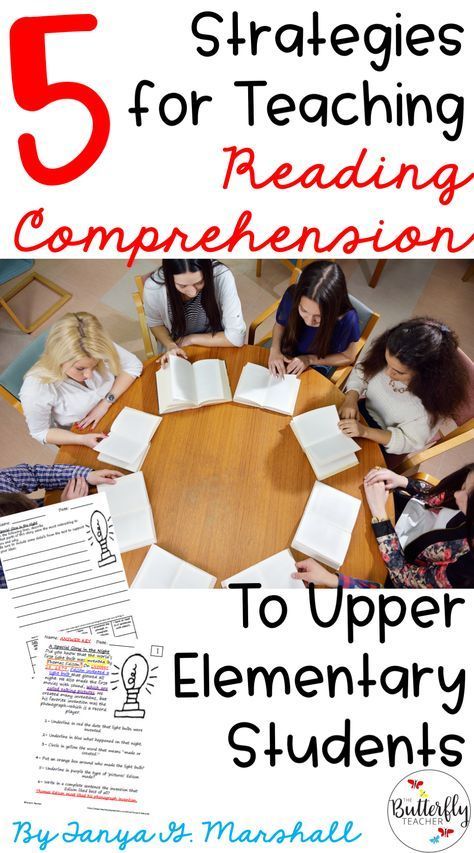
3- Draw bet
- Game 7 mistakes.
- Hunting words.
- Letter memory game.
- Word guessing.
What to teach before literacy?
Before learning to read and write, a child needs to develop important skills. It is not enough just to know the letters of our alphabet, it is necessary to learn to distinguish the sounds of letters, the sequence of these sounds, recognize rhymes and other skills.
What are the 4 stages of literacy?
presyllable: unable to match letters with spoken sounds; syllabic: interprets a letter in its own way, assigning a syllable value to each; syllable-alphabetic: mixes the logic of the previous phase with the emphasis on some syllables; alphabetic: the meaning of letters and syllables finally prevails.
What are the five axes of literacy?
The selected abilities are organized around the most important axes for written language acquisition: (1) understanding and appreciation of written culture; (2) appropriation of the writing system; (3) reading; (4) production of written texts; (5) the development of oral speech.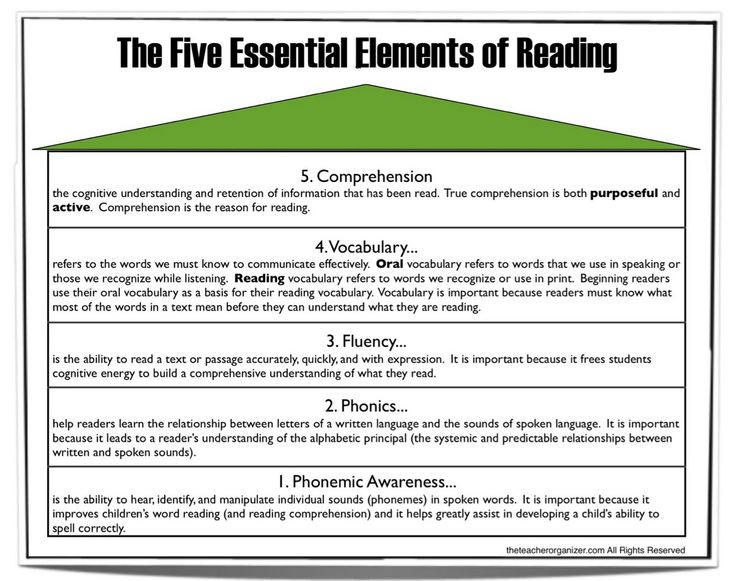
What are the four axes of literacy?
In the literacy cycle, Portuguese language teaching is usually organized around four main areas of learning: (i) reading texts; (ii) production of texts; (iii) oral speech and (iv) language knowledge.
What is the main element of the work to eradicate illiteracy?
The purpose of literacy is to teach reading and writing, and literacy is about acquiring the ability to use reading and writing in social spaces. Literacy and literacy processes are interdependent and, when well articulated, lead to more meaningful learning.
What activities promote literacy?
1 - Working with words in syllabic articulation
The child is in itself an agent of our language, and when the process of literacy begins, he already has an extensive vocabulary of our language that allows him to carry out this activity. Start by giving her a two-syllable word, like "home."
How does the process of teaching literacy take place in primary school?
Literacy is a paramount step in the early years of fundamental education, which, combined with literacy, promotes effective teaching and learning, the purpose of which is for students to simultaneously develop writing and reading, given that they are legal . ..
..
What are the strategies for reading and writing in early childhood education?
10 Tips to Encourage Reading in Preschool Education
- Encourage reading with books.
- Show interest in reading.
- Prioritize images.
- Read together.
- Respect the interests of the child.
- Promote tours and movies.
- Provide conversations.
- Promote exchanges.
How does the method work? Paulo Freire's literacy methodology is divided into three stages: research, thematization and problematization. At the research stage, the student and the teacher search in the vocabulary space of the student and the society in which he lives, the words and central themes of his biography.
How should the BNCC literacy process work?
What will literacy be like with BNCC?
- 1 Literacy must occur within two years.
- 2 Four areas of action need to be considered.
- 3 The base offers four language practices.
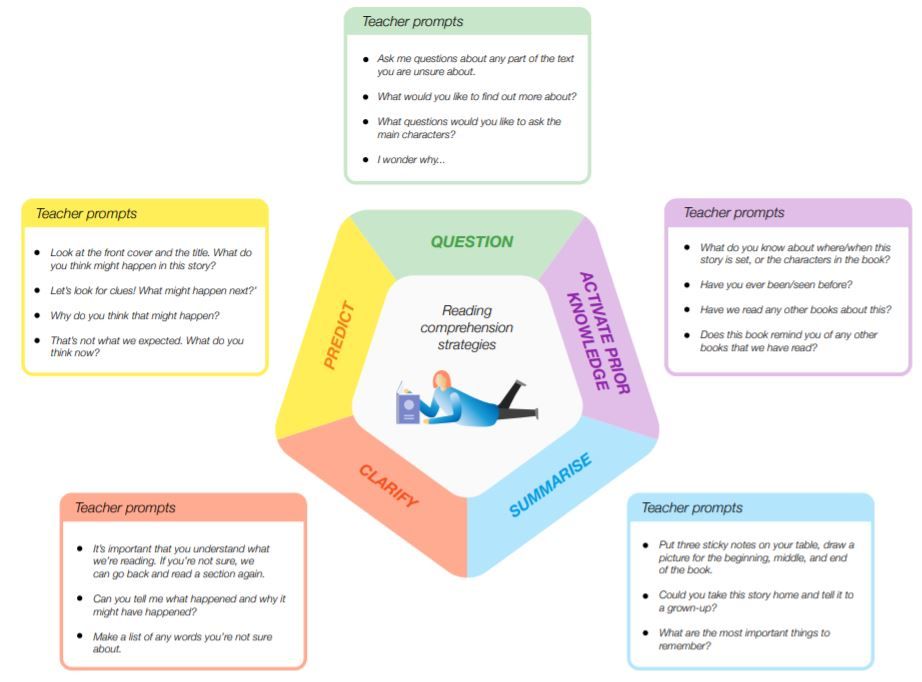
- 4 Phonological awareness enters.
- 6 The teacher should schedule time for students to reflect on the alphabetic writing system.
How to teach literacy according to the Paulo Freire method?
Paulo Freire developed a literacy method based on people's life experiences. Instead of looking for literacy through brochures and teaching, for example, “a woman ox” and “grandmother saw grapes,” he worked with the so-called “generative words” based on the real reality of a citizen.
What pedagogical practices could promote literacy and literacy?
In the classroom, the development of collaborative work and activities is a very useful practice for improving literacy, given that collaboration between children is an effective means of encouraging exchange of experience and real-life discussion of reading and writing practice.
The use of text for teaching literacy in the classroom is very important when a teacher has to create learning strategies according to the individual characteristics of their students, this includes reading, writing texts that promote literacy, and literacy.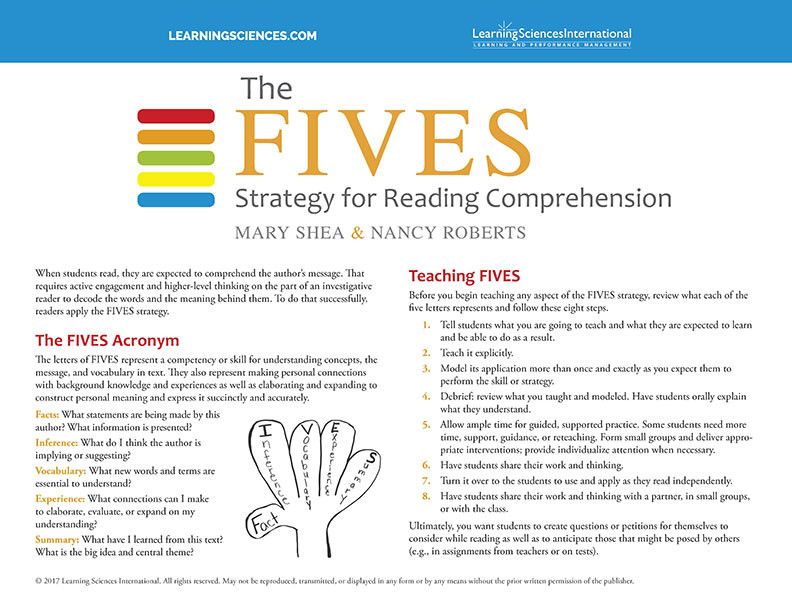
What is the biggest problem for a literacy teacher?
Among the reasons why teachers find it difficult to cope with difficulties are the mystification of classes, that is, multi-level classes, and the different behavior that each child brings with him, his uniqueness.
What are the 4 learning profiles?
Based on these competencies, the authors identified four learning styles: active, reflective, theoretical, and pragmatic. Discover the characteristics of each of them.
What does Vygotsky's theory say?
Vygotsky's theory of learning asserts that learning occurs through social interaction, that personal development is the result of relationships with others and with the outside world.
What qualities should an intermediary teacher have?
The mediator must be willing to teach the content with such passion and determination that he will do everything in his power to explain it as well as possible. He adapts the language so that the child with a disability actually understands it.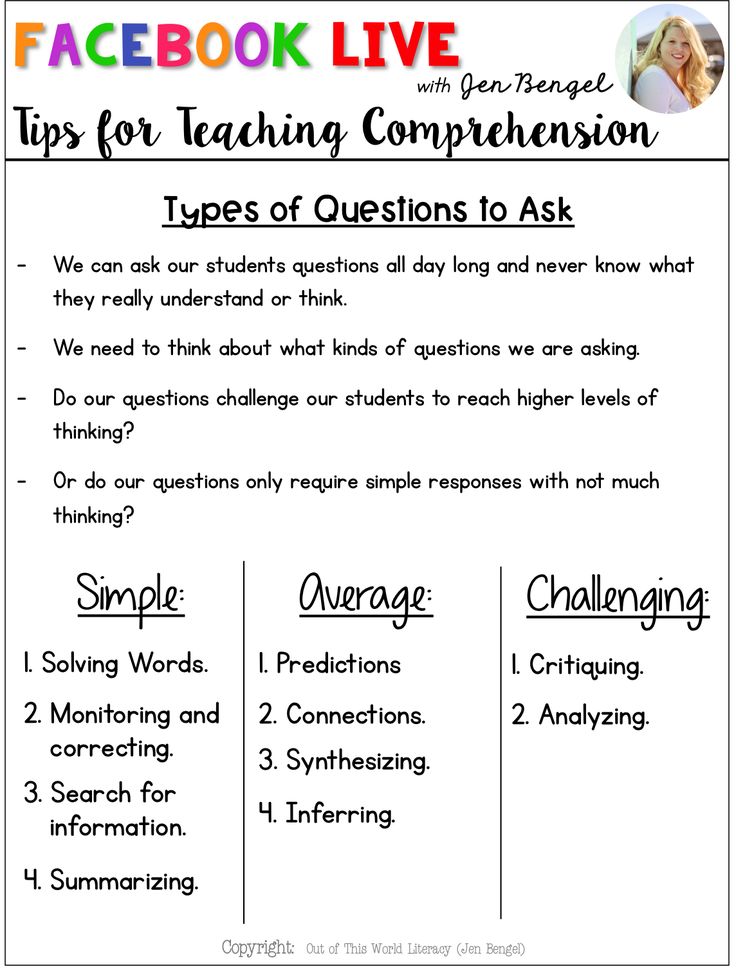 He will use the technology available at the school to make the concept clear.
He will use the technology available at the school to make the concept clear.
What are the best methods for literacy?
See top three below.
- 1) Alphabetical. Namely, it is a more traditional method in which the child learns the names of the letters and then practices writing the words.
- 2) Phonic. In this model, the elementary unit is the phoneme.
- 3) Syllable.
- 1) Verbosity.
- 2) Sentenced.
- 3) In general.
- 4) Constructivist.
What are the main strategies for teaching reading?
Reading strategies
- Read carefully. In order to better understand the text, it is important to emphasize that we must read each paragraph calmly.
- Formulate the main ideas of the text.
- Read between the lines.
- Maintain the habit of reading.
- Practice reading aloud.
- Vary the reading of texts.
- Produce texts.
What is the best way to become literate?
Below we describe the main methods of improving literacy and how they work.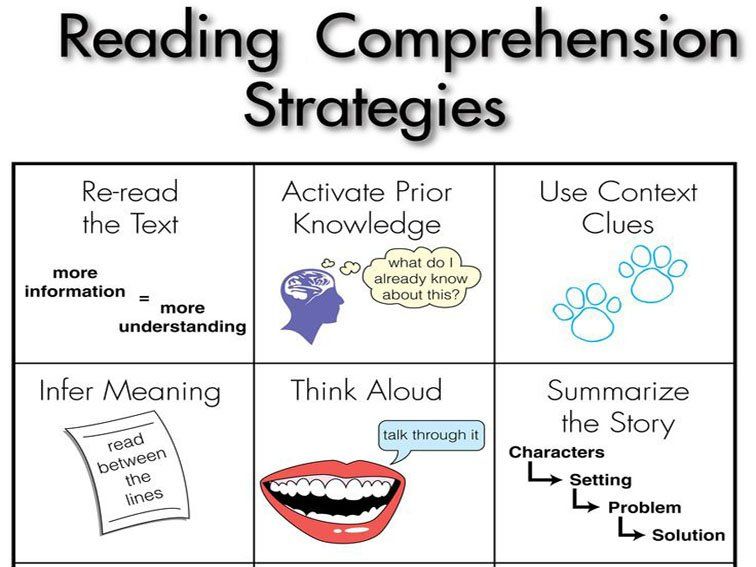
- Alphabetical (or spelling) method. This is one of the oldest methods.
- phonic method.
- Silabic method.
- wording.
- Sentence.
- Global method.
What strategies to learn?
5 evidence-based strategies to learn more while learning less
- Frequency is more important than duration.
- The brain needs variation.
- Reinforcement shows that the content has value.
- Learning distribution sends strong signals to the brain.
- Sleep plays an irreplaceable role.
Functional literacy
Functional literacy
Functional literacy is the ability to act competently and effectively, the ability to find the best ways to solve problems that arise in the course of practical activities, and implement the solutions found.
Municipal action plan ("road map") of the city of Yaroslavl for the organization of activities for the formation and assessment of FG students for the 2021-2022 academic year
Order 199.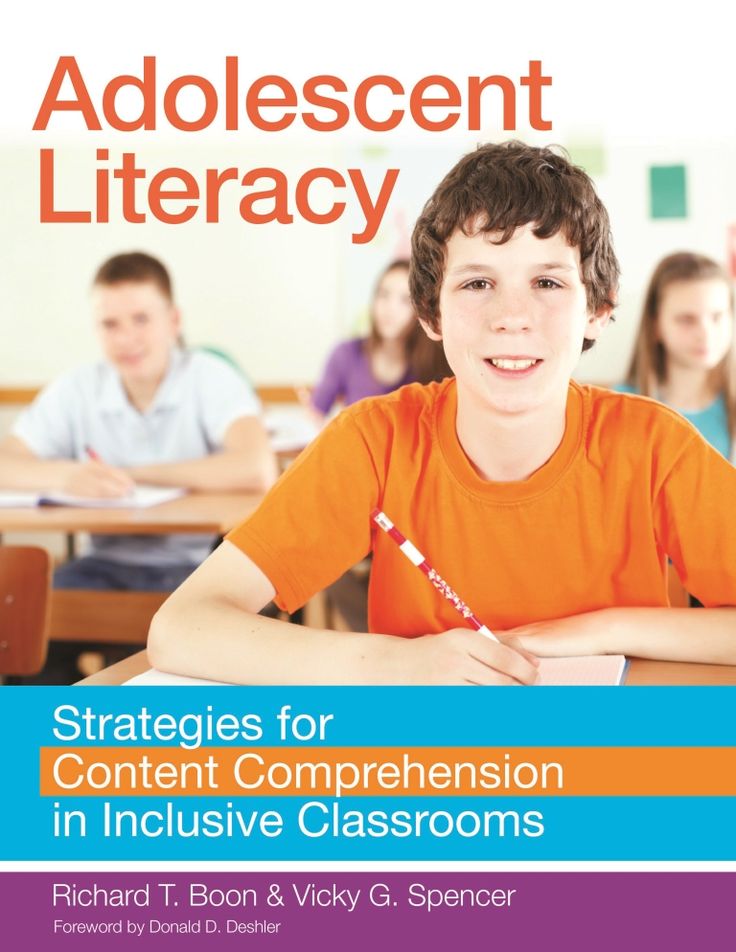 4 01-02 dated 11/29/2021 On the organization of work to increase functional literacy
4 01-02 dated 11/29/2021 On the organization of work to increase functional literacy
Electronic Bank for Assessment of Functional literacy https://fg.resh.edu.ru/
9000 9000
Regulatory framework
- Decree of the President of the Russian Federation No. 204 dated 07.05.2018 “On national goals and strategic objectives of the development of the Russian Federation for the period up to 2024” (.pdf)
- The Ministry of Education of the Russian Federation and the Institute for Education Development Strategy of the Russian Federation of the Russian Academy of Sciences "Basic approaches to assessing the global competencies of primary school students" (.pdf)
- The Ministry of Education of the Russian Federation and the Institute for Education Development Strategy of the Russian Federation of the Russian Academy of Sciences “Basic approaches to assessing the reading literacy of primary school students” (.
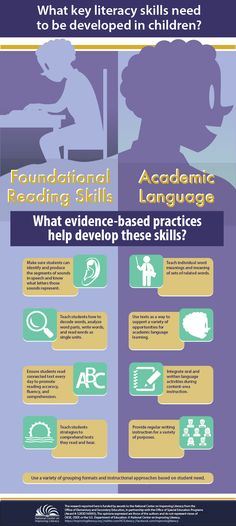 pdf)
pdf) - The Ministry of Education of the Russian Federation and the Institute for Education Development Strategy of the Russian Federation of the Russian Academy of Sciences "Basic approaches to assessing the mathematical literacy of students in basic schools" (.pdf)
- The Ministry of Education of the Russian Federation and the Institute for Education Development Strategy of the Russian Federation of the Russian Academy of Sciences “Basic approaches to assessing the natural science literacy of primary students (.pdf)
- The Ministry of Education of the Russian Federation and the Institute for Education Development Strategy of the Russian Federation of the Russian Academy of Sciences "Basic approaches to assessing the financial literacy of students in basic schools" (.pdf)
- The Ministry of Education of the Russian Federation and the Institute of Education Development Strategy of the Russian Federation of the Russian Academy of Sciences "Basic approaches to assessing the creative thinking of primary school students" (.
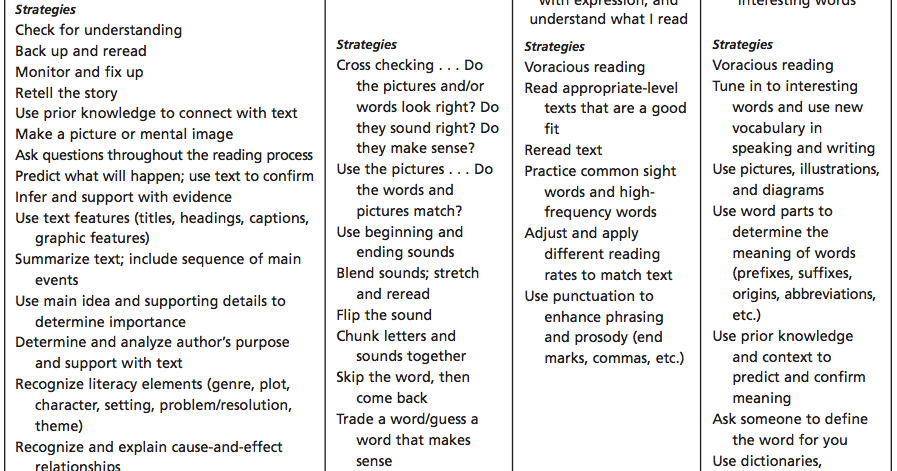 pdf)
pdf)
What do you need to know about functional literacy?
International comparative studies in the field of education show that Russian schoolchildren are strong in the field of subject knowledge, but they have difficulties in applying this knowledge in situations close to real life. In this regard, one of the tasks of the professional community of teachers is the formation and assessment of the ability to apply the knowledge gained in the learning process to solve educational and practical problems - the formation of functional literacy. Functional literacy reflects the idea of effective integration of the individual into a rapidly changing society.
The main components of functional literacy are the ability of a person to act in modern society, to solve various problems (of the widest possible range), while using certain knowledge, skills and competencies.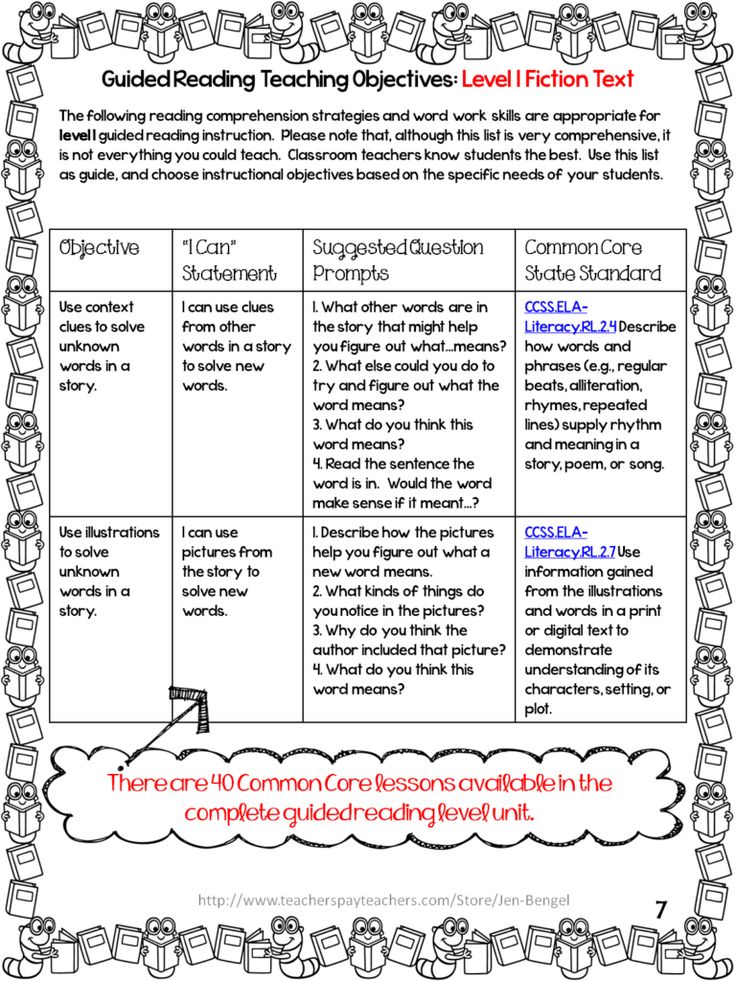 The assessment of the formation of functional literacy can be carried out through the assessment of certain action strategies, the behavior of students, which they could demonstrate in various situations of real life.
The assessment of the formation of functional literacy can be carried out through the assessment of certain action strategies, the behavior of students, which they could demonstrate in various situations of real life.
The main components of functional literacy are: math, reading, science, financial literacy, global competencies and creative thinking. The main characteristic of each component is the ability to act and interact with the outside world, while solving various problems.
- Reading literacy - the ability of a person to understand, use, evaluate texts, reflect on them and engage in reading in order to achieve their goals, expand their knowledge and opportunities, participate in social life.
- Mathematical Literacy is the ability of an individual to reason mathematically and to formulate, apply, and interpret mathematics to solve problems in a variety of real-world contexts.
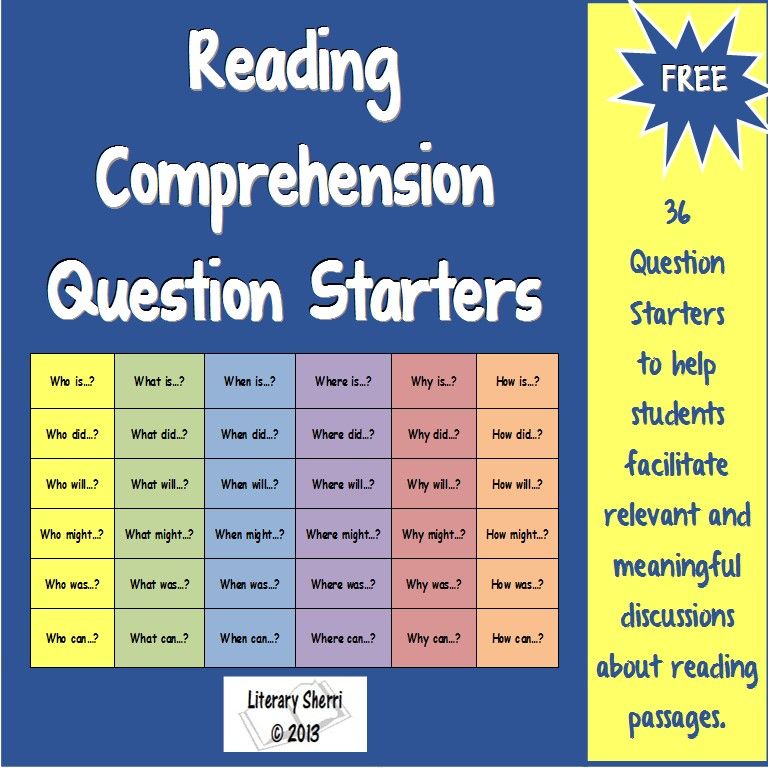
- Science literacy reflects a person's ability to apply natural science knowledge and skills in real life situations, including when discussing socially significant issues related to the practical application of the achievements of the natural sciences.
- Financial literacy is understood as the ability of an individual to make reasonable, expedient decisions related to finances in various situations of their own life.
- Global Competence is seen as a "multi-dimensional" goal of lifelong learning. A globally competent person is a person who is able to perceive local and global issues and intercultural issues, understand and appreciate different points of view and worldviews, interact successfully and respectfully with others, and act responsibly for sustainable development and collective well-being.
- Under creative thinking understand the ability to productive creative approach.
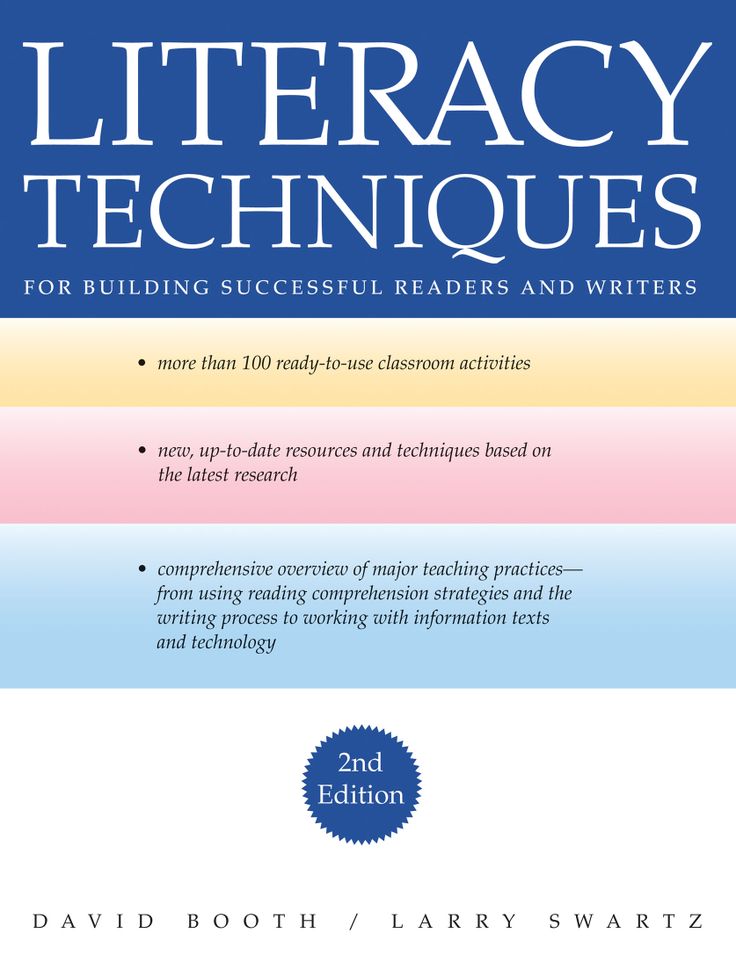
Functional literacy is manifested in solving problematic tasks that go beyond learning situations and are not similar to those tasks in the course of which knowledge and skills were acquired and developed.
In order to assess the level of functional literacy of their students, the teacher needs to give students atypical tasks in which they are invited to consider some problems from real life.
02/03/2023 Practical seminar
On February 2, our school hosted a practical seminar on the topic “Formation of functional literacy as a mechanism for achieving subject and meta-subject results”.
Teachers became active participants in master classes, where they learned how to design tasks that contribute to the achievement of meta-subject results; got acquainted with mathematical online games "Entertaining Journey" and "Great Mathematicians"; played maktivity and geodouble; solved various puzzles, discussed their practical significance; they read with stops, discussed the characters of literary heroes; and also, the participants of the seminar appeared in different social roles of the inhabitants of the 18th century and were looking for an answer to the question “Was the construction of St.